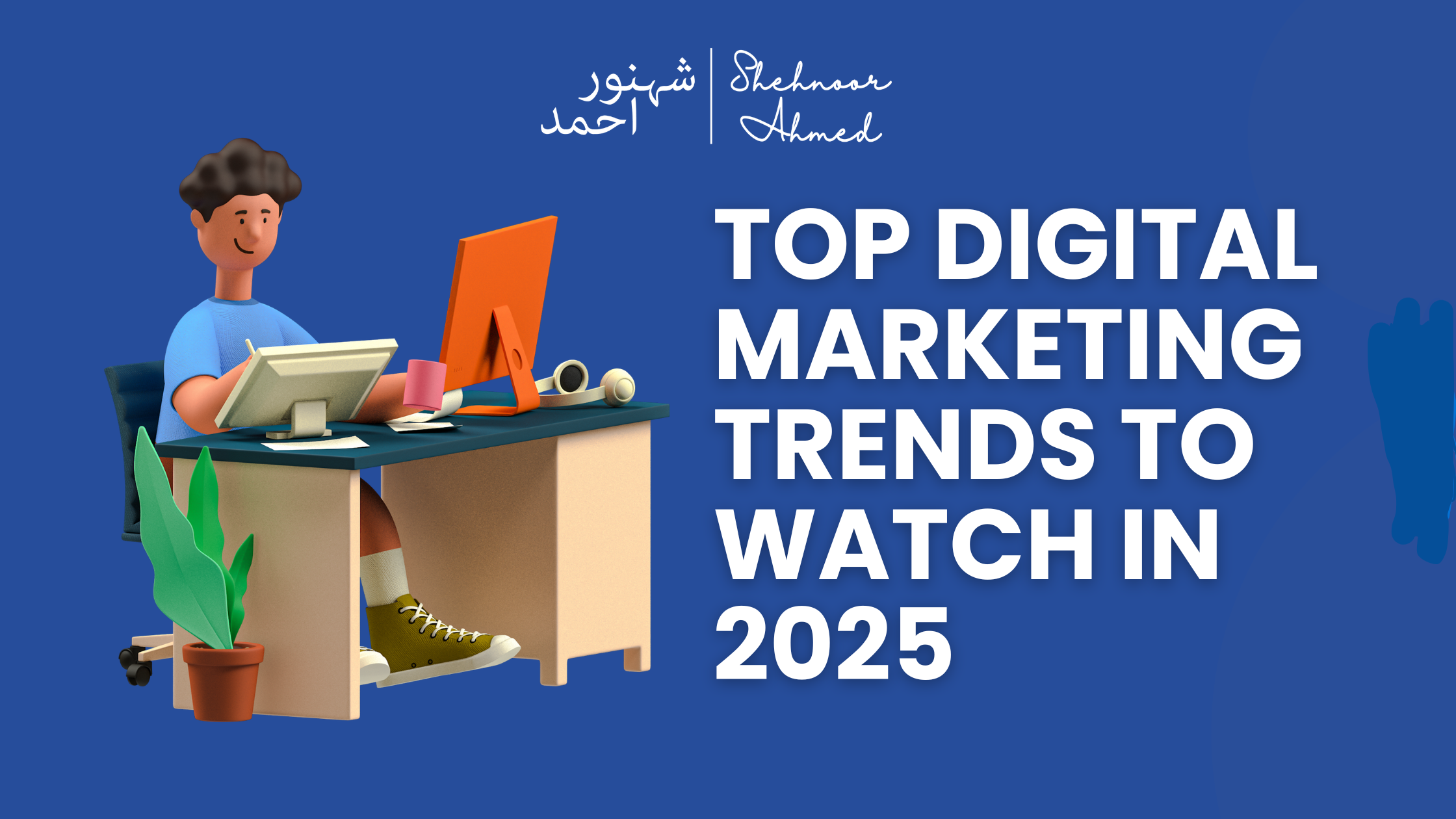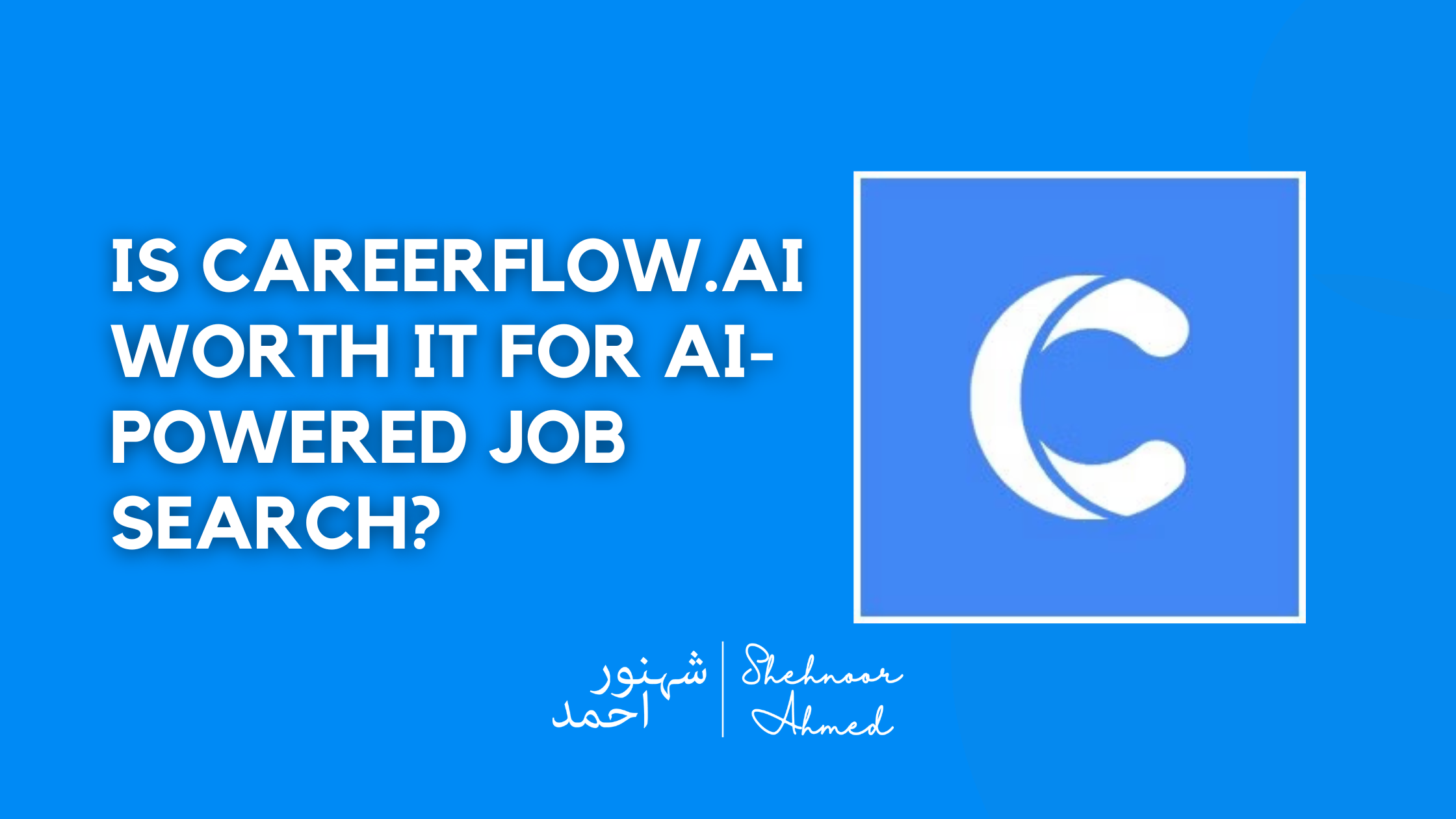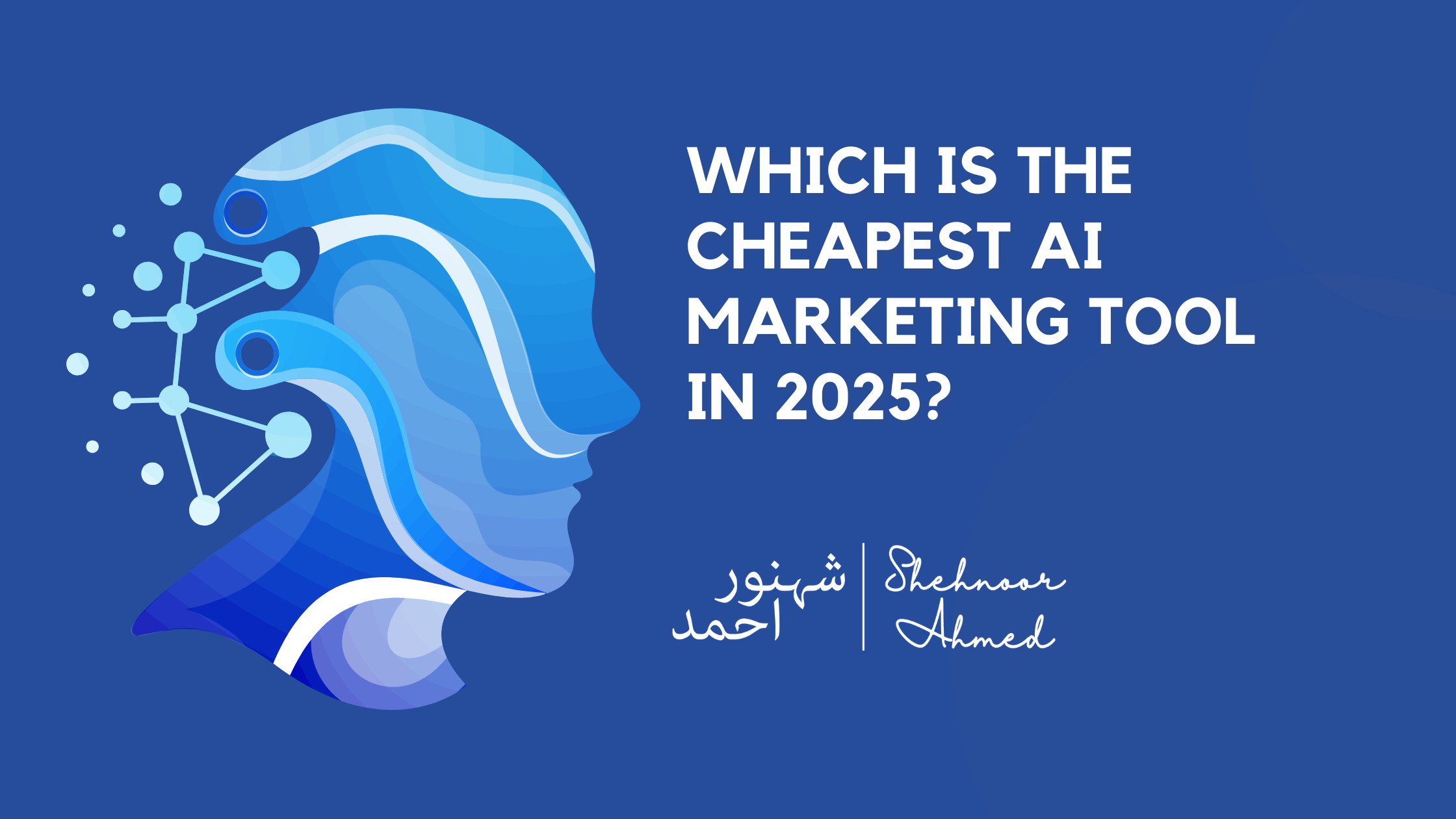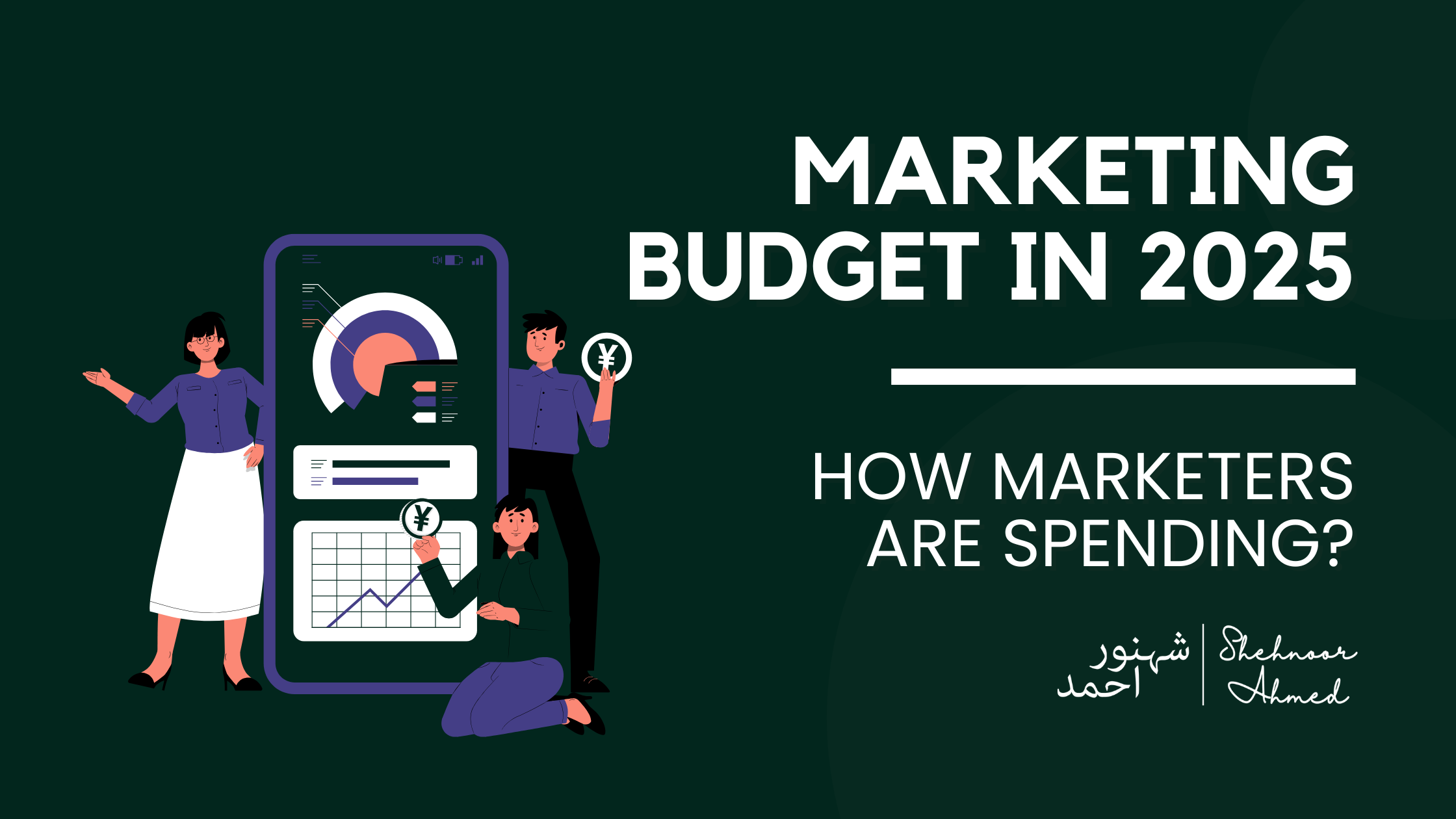
Top Digital Marketing Trends to Watch in 2025
Digital marketing in 2025 looks very different than it did just a year or two ago. The platforms people use, how they search, what they trust, and how they shop, everything is moving fast. Marketers who rely on old playbooks won’t keep up. This isn’t about chasing shiny tools. It’s about seeing what’s actually changing and adjusting how you connect with people. Let’s break down what’s reshaping the landscape and how smart marketers are responding. 1. Search Isn’t Just Google Anymore Search is no longer something people only do on Google. Today, they’re asking questions on Reddit, typing product names into TikTok, and using Instagram to find places to eat. That changes where and how brands need to show up. People are also searching with images and voice. Instead of typing “best hiking shoes,” someone might snap a photo or ask their phone out loud. Search is getting faster and more natural, and brands need to structure content for that, short answers, image tagging, clear context. If you’re only thinking about ranking on Google, you’re already behind. You need to show up where people are actually looking. 2. AI Tools Are Now Part of the Process Marketing teams have stopped treating tech as a gimmick. They’re now using it to handle real work: writing drafts, analyzing campaign data, spotting patterns, and adjusting messaging automatically. Personalized recommendations, smarter email flows, faster content turnaround, these things are now normal. Teams don’t use tools just to say they use them. They use them to move faster and make better decisions. But tech doesn’t replace insight. It makes the work more efficient, not more thoughtful. What you say still matters more than how quickly you say it. 3. Real Content Is Winning Again People can tell the difference between real content and filler. They’re tuning out generic posts, especially the kind made just to hit a word count or repeat keywords. Search engines are noticing too. Google is pushing down thin content and lifting up content that’s useful, specific, and clearly written by someone who knows what they’re talking about. Creators who bring experience, share actual stories, and answer real questions are seeing better results. Podcast clips, expert breakdowns, behind-the-scenes videos, this is the kind of stuff people stop scrolling for. If your content doesn’t sound like a person, it won’t land in 2025. 4. You Can’t Avoid Privacy Anymore Regulations around data aren’t going away. They’re getting tighter. Cookie tracking is fading out, and users are choosing what data they share, and with who. Marketers now have to earn their data. That means asking directly, offering something in return, and being transparent about how it’s used. No one wants to feel watched online. Brands that respect boundaries and offer value in exchange for information will build stronger relationships. Everyone else will get blocked or ignored. 5. Social Platforms Are the New Sales Floors People are buying products directly inside the same apps where they scroll, watch, and chat. There’s no funnel, it’s just content, interest, and checkout. On TikTok and Instagram, product demos, reviews, and creator shoutouts lead directly to purchases. Livestream shopping is turning views into conversions in minutes. Big budgets and studio ads aren’t driving this. It’s micro-creators, regular users, and short videos with real energy. The line between content and commerce is gone. If you’re not set up to sell inside social apps, you’re missing out on the new buying journey. 6. Shehnoor Ahmed’s Take: Don’t Just Follow the Noise Digital marketing strategist Shehnoor Ahmed says it straight: if you’re only reacting to trends, you’re not building a strategy. “Good marketing in 2025 won’t be defined by the tools we use, it’ll be defined by how well we understand people.” – Shehnoor Ahmed Contact me or book 1:1 session with me at hello@shehnoorahmed.com Platforms, formats, and tools will always change. That’s the job. But the focus should always be on people, what they want, what they ignore, and what earns their trust. When Shehnoor works with businesses, he doesn’t start with trends. He starts with behavior. That’s how you build a strategy that lasts longer than a news cycle. Final Thoughts: Trends Change: Strategy Doesn’t What works in digital marketing will keep changing. But the best marketers won’t just follow the change, they’ll lead with clear intent. They’ll stay close to how people search, what earns their trust, and what makes them take action. They’ll use tools when they help, but always lead with strategy. The platforms may shift. The formats may evolve. But if you understand your audience better than anyone else, you’ll stay ahead, no matter what changes next. FAQs 1. What are the most important digital marketing trends in 2025? Key trends include the rise of social search, in-app shopping, the shift toward privacy-first strategies, the use of smart tools in daily workflows, and the demand for authentic, human-led content. 2. How is social media changing the customer journey? Social platforms are no longer just for awareness. With tools like Instagram Checkout and TikTok Shop, people are discovering and buying products without leaving the app. Content and commerce are now happening in the same place. 3. What does “privacy-first marketing” mean? It means collecting only the data users choose to give you and being transparent about how it’s used. With cookies being phased out and global privacy laws tightening, ethical data practices are now required, not optional. 4. Why is authentic content performing better in 2025? People are tired of generic content. They want real voices, clear opinions, and useful information. Search engines now reward depth, experience, and originality, not keyword stuffing. 5. How can businesses keep up with all these marketing changes? The key is not to chase every trend but to stay focused on what your audience values. Use tools that help you work smarter, but always build your strategy around behavior, trust, and long-term impact.






